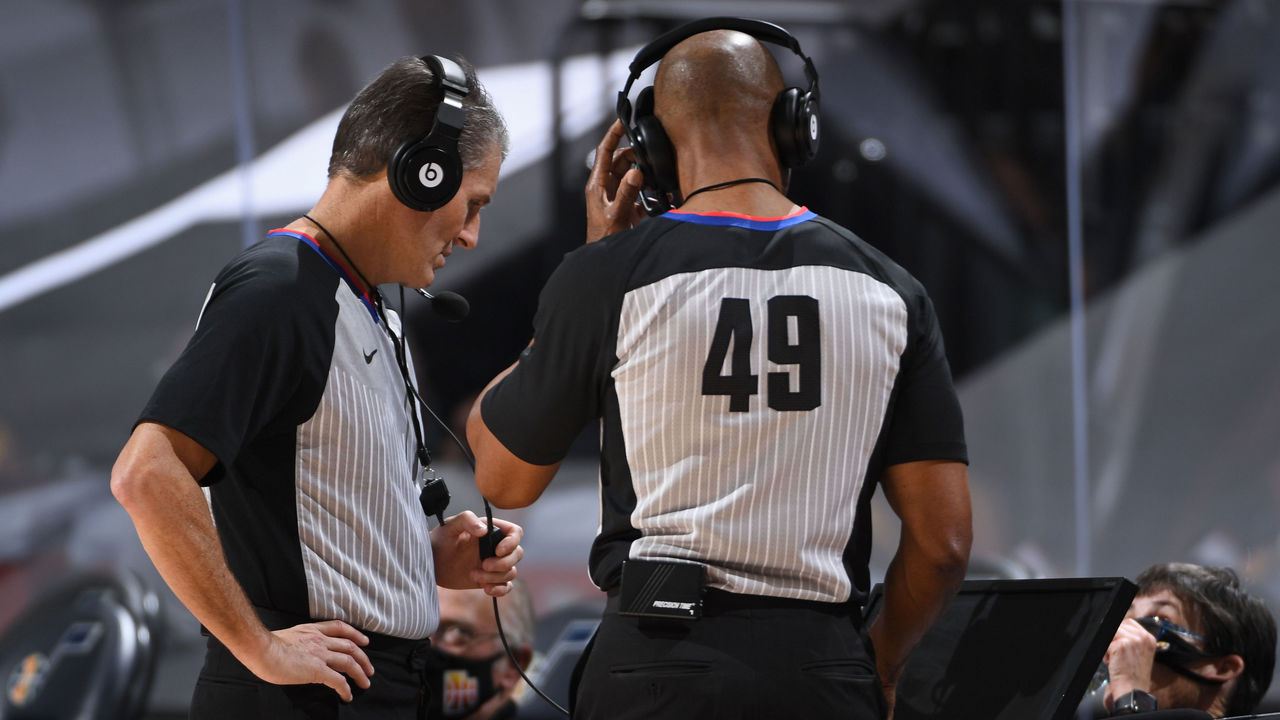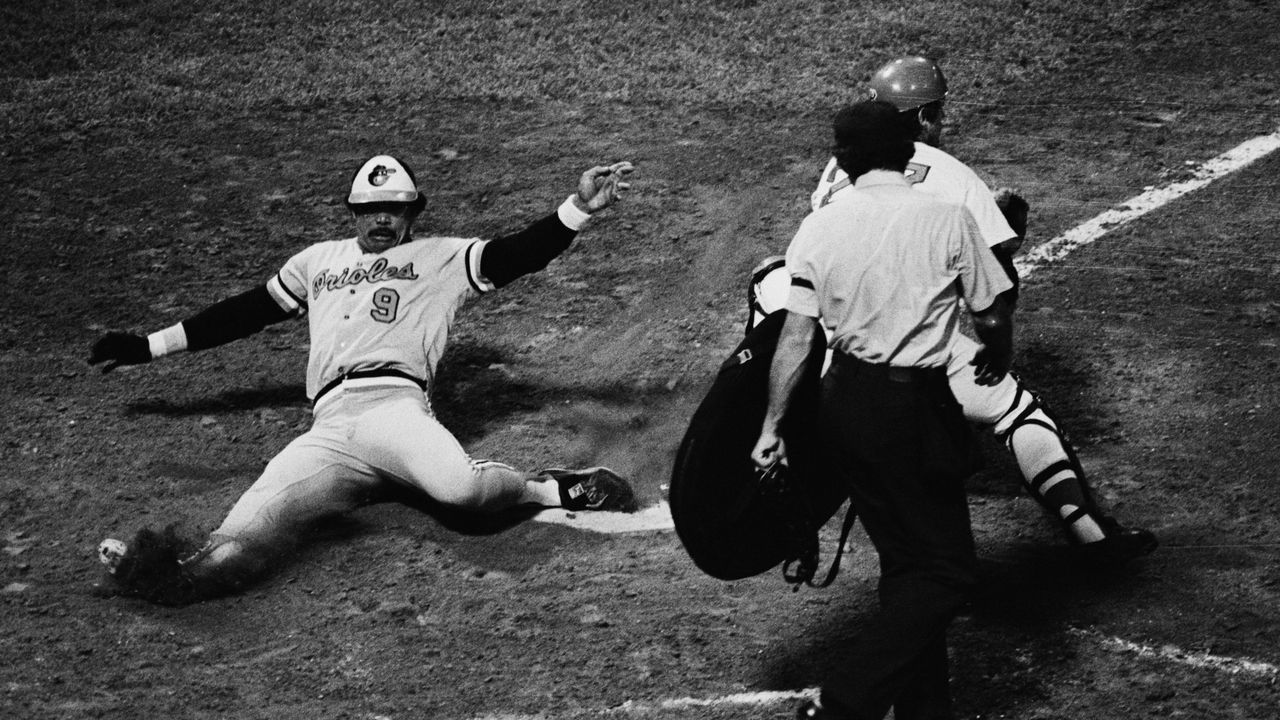It's time for every league to lift the veil shrouding officials
Tim Peel became Twitter's main character Tuesday night when he inadvertently opened the curtain to what NHL referees think and act upon in games. The league was swift in its punishment of Peel but left unaddressed the larger disgruntlement fans have with officiating.
There has always been a disconnect between what the paying customers see and the seemingly inexplicable events that are triggered by game officials on the court/field/ice.
During the Red Wings-Predators game, a hot mic appeared to catch Peel saying that makeup calls and "evening things out" do exist in the NHL. The league banished Peel for the final few weeks of the regular season, though the 53-year-old was scheduled to retire anyway.
But Tim Peel's dismissal is not just an NHL story. It ought to be a reminder to all leagues that accountability from the participants in major professional sports doesn't stop with teams and the players. Leagues have rules about making players available to the media but fail to hold themselves and their game officials to the same standard.
The NBA is the most progressive with its last two-minute reports and the decision to keep the bubble addition of courtside microphones for referees to explain which elements of a play they are reviewing. Leagues otherwise make officials available for postgame interviews only in rare circumstances.

Leagues have always placed a cloak of secrecy around their game officials and the way they're managed. And anything that is shielded from the public (via their agents in the media) can go off the rails.
The public generally believes that game officials put their thumb on the scale in the name of "fairness," such as makeup calls to cover over a previous bad call. The public also generally believes that established players are treated more favorably than rookies and stars in many sports can get away with just about anything.
Offensive holding calls noticeably dropped in the NFL in 2020 - only 477 were called in regular- and postseason games versus 732 in 2019. The difference represented nearly 2,500 fewer yards lost. The league briefly addressed the trend after Week 1, with Walt Anderson, the senior vice president of officiating training and development, telling NFL.com that officials were instructed to only call "clear and obvious" penalties.
The transparency is fine, but it doesn't explain why holding penalties specifically dropped 35% when penalties overall dropped only 16%.
If the NFL wants to goose offensive production, it should just say so. Otherwise, fans are left to draw their own conclusions.
You can easily point to your own example in any sport. Baseball umpires, for example, made up their own strike zones for years. In the '90s, umpires' strike zones became so distorted that we eventually reached Game 5 of the 1997 National League Championship Series. Marlins starter Livan Hernandez famously struck out 15 Braves. Umpire Eric Gregg's strike zone was so wide that hitters had no choice but to try to swing and foul off unhittable pitches off the plate.
Joe Brinkman's strike zone in Game 6 of the 1995 World Series was similarly bloated. This is not to denigrate those two umpires. But the strike zone was more art than science in the 1990s and people knew it.
Through much of the 1970s, National League umpires wore chest protectors inside their shirts while the American League maintained the practice of using the balloon protectors held in front of them. The leagues operated separately back then, with their own presidents and league offices and umpiring crews. It all gave rise to the public perception that NL umps could properly call strikes at the knees, while encumbered AL umps had a high strike zone.

There are any number of ways to erode the public's confidence in the outcome through inconsistent officiating.
Calling the strike zone has gotten better in the data age, partly because broadcasts now show the location of pitches during every at-bat. Holding umpires accountable resulted in a more consistent product.
All of this is not to say that game officials need to be scrutinized by reporters after every game. But leagues can bolster public confidence in the games. Game officials should be as accountable to the public as any other participant in the game. And when their bosses judge that their work falls short of the standard, the public deserves to know what punishments have been meted out.
As North American jurisdictions decriminalize sports betting, confidence in the product becomes paramount. Leagues have decided they want to profit from betting. In return, they need to continue to lift the veil draped over their game officials.
Guy Spurrier is theScore's features editor.
HEADLINES
- Oilers-Panthers tale of the tape: Who has the edge in Cup Final rematch?
- Oilers' Knoblauch: Fun won't distract us from goal
- Panthers heap praise on Bennett: 'Everything you want in a player'
- Stars might have squandered best chance to win Stanley Cup
- 3 things NHL teams can learn from the juggernaut Panthers